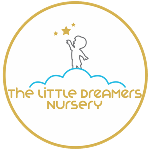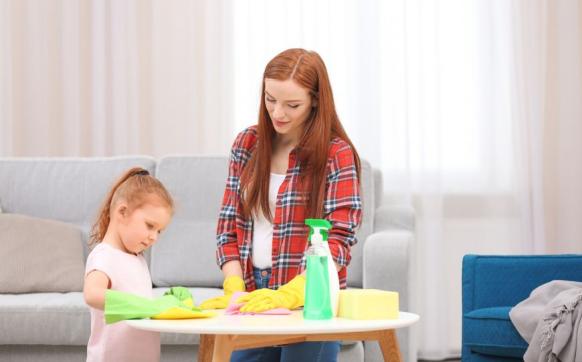Clean up! Tidy up!
Everyone wants their child to learn good behaviors; good behavior is crucial for social, emotional, and psychological development leading a child to a more successful future in his/her career, relationships, and schooling in his/her adult life.
In order for a new behavior to stick, all members of the family have to be involved in reinforcing it; that includes not just parents, siblings, but also teachers and house staff, such as nannies, drivers and governesses/governors.
What are some of the good behaviors modeled at nursery school to be reflected at home? Here are some:
- Clean up! Tidy up! (put your toys back for organization and responsibility)
- Push your chair in! (organization and responsibility)
- Don’t leave the room! (safety)
- Wash your hands! (hygiene)
- Kind hands, kind feet, kind words, and listening ears! (social & emotional development: healthy boundaries)
- Can I play with it when you are done? (communication & socialization)
- Please, thank you, excuse me, sorry! (social & emotional development)
Consistency is key; and, at times explaining why a rule is in place helps the child to comply with what you are asking him or her.
For example, asking a child to tidy up their toys so that the room can remain a safe place to play in and they can continue enjoying their toys by not losing pieces.
Be sure to praise immediately after the child has done exactly what you have asked him/her to do. That is the next step for making the good behavior stay permanently. Check in next week which will be about positive reinforcement.
Authored by Lynette M. Cornog
Modeling Behavior in the Classroom: Positive Reinforcement
The role of positive reinforcement helps keep the rule in place while building up the child’s confidence and reaffirming his/her place in the world.
Positive reinforcement can be used to reshape negative behavioral patterns into healthier ones.
The reality
– Suhail was not staying inside the classroom. He would leave without telling the teacher or teaching assistant. One week he told the teacher that he wanted to leave to use the bathroom. Immediately, the teacher noticed the shift in behavior and positively praised him.
She said, “Thank you so much for letting me know and thank you for following my instructions. Good job!” Timing is crucial for rapid behavior change. Consistency is also important for it to be set in place permanently.
Nannies, especially, must enforce/uphold the rules since they spend the most amount of time with the child. Parents must oversee that the nannies are following through with tough love.
Parents and nannies should not indulge the child in a tantrum or a moment of outburst by giving into whatever he/she demands or desires. Remember you are in control and guiding them to a better way of living for the rest of his/her life.
Forms of Positive Reinforcement that can be used:
- Verbal praise
- Physical touch
- Special treat
- Special reward
- Special outing
Positive reinforcement is a technique used daily at The Little Dreamers Nursery, with great response from the children. If you should require any additional information or guidance relating to positive reinforcement please do not hesitate to contact us.








